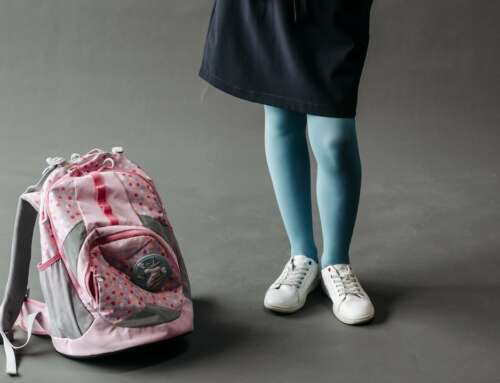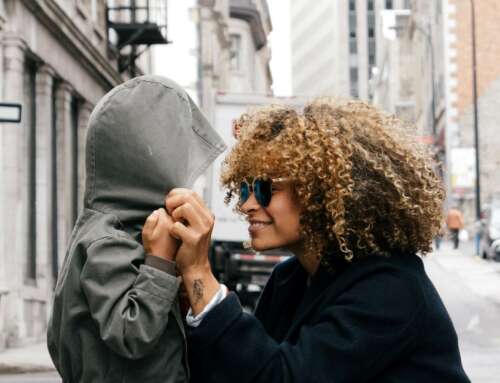A 10-year-old boy named James has an outburst in school. Upset by something a classmate says to him, he pushes the other boy, and a shoving-match ensues. When the teacher steps in to break it up, James goes ballistic, throwing papers and books around the classroom and bolting out of the room and down the hall. He is finally contained in the vice principal’s office, where staff members try to calm him down. Instead, he kicks the vice principal in a frenzied effort to escape. The staff calls 911, and James ends up in the Emergency Room.
To the uninitiated, James looks like a boy with serious anger issues. It’s not the first time he’s flown out of control. The school insists that his parents pick him up and take him home for lunch every day because he’s been banned from the cafeteria.
Unrecognized anxiety
But what’s really going on? “It turns out, after an evaluation, that he is off the charts for social anxiety,” reports Dr. Jerry Bubrick, a child psychologist at the Child Mind Institute. “He can’t tolerate any—even constructive—criticism. He just will shut down altogether. James is terrified of being embarrassed, so when a boy says something that makes him uncomfortable, he has no skills to deal with it, and he freaks out. Flight or fight.”
James’s story illustrates something that parents and teachers may not realize—that disruptive behavior is often generated by unrecognized anxiety. A child who appears to be oppositional or aggressive may be reacting to anxiety—anxiety he may, depending on his age, not be able to articulate effectively, or not even fully recognize that he’s feeling.
“Especially in younger kids with anxiety you might see freezing and clinging kind of behavior,” says Dr. Rachel Busman, a clinical psychologist at the Child Mind Institute, “but you can also see tantrums and complete meltdowns.”
A great masquerader
Anxiety manifests in a surprising variety of ways in part because it is based on a physiological response to a threat in the environment, a response that maximizes the body’s ability to either face danger or escape danger. So while some children exhibit anxiety by shrinking from situations or objects that trigger fears, some react with overwhelming need to break out of an uncomfortable situation. That behavior, which can be unmanageable, is often misread as anger or opposition.
“Anxiety is one of those diagnoses that is a great masquerader,” explains Dr. Laura Prager, director of the Child Psychiatry Emergency Service at Massachusetts General Hospital. “It can look like a lot of things. Particularly with kids who may not have words to express their feelings, or because no one is listening to them, they might manifest their anxiety with behavioral dysregulation.”
The more commonly recognized symptoms of anxiety in a child are things like trouble sleeping in his own room or separating from his parents, avoidance of certain activities, a behaviorally inhibited temperament. “Anyone would recognize those symptoms,” notes Dr. Prager, co-author of Suicide by Security Blanket, and Other Stories from the Child Psychiatry Emergency Service. But in other cases the anxiety can be hidden.
“When the chief complaint is temper tantrums, or disruption in school, or throwing themselves on the floor while shopping at the mall, it’s hard to know what it means,” she explains. “But it’s not uncommon, when kids like that come in to the ER, for the diagnosis to end up being a pretty profound anxiety disorder.”
To demonstrate the surprising range of ways young children express anxiety, Dr. Prager mentions a case she had just seen of a young child who presented with hallucinations, but whose diagnosis she predicted will end up being somewhere on the anxiety spectrum. “Little kids who say they’re hearing things or seeing things, for example, may or may not be doing that. These may not be the frank hallucinations we see in older patients who are schizophrenic, for example. They might be a manifestation of anxiety and this is the way the child expresses it.”
– Caroline Miller, Child Mind Institute
Read more: We Finally Started Taking Screen Time Seriously in 2018







Leave A Comment